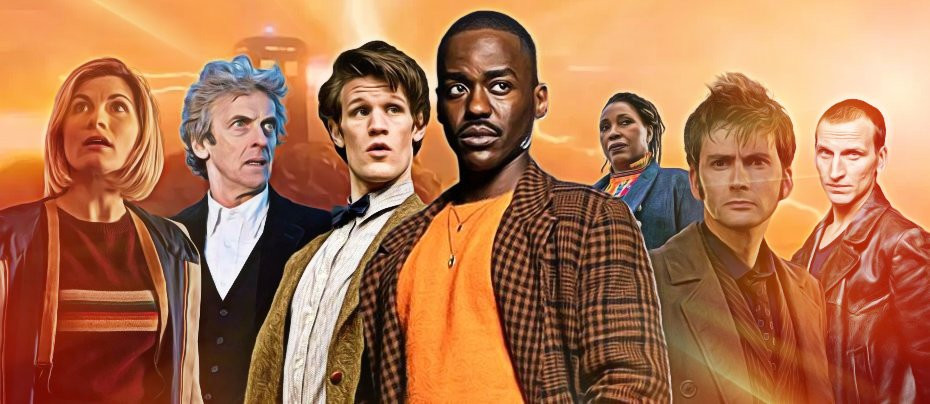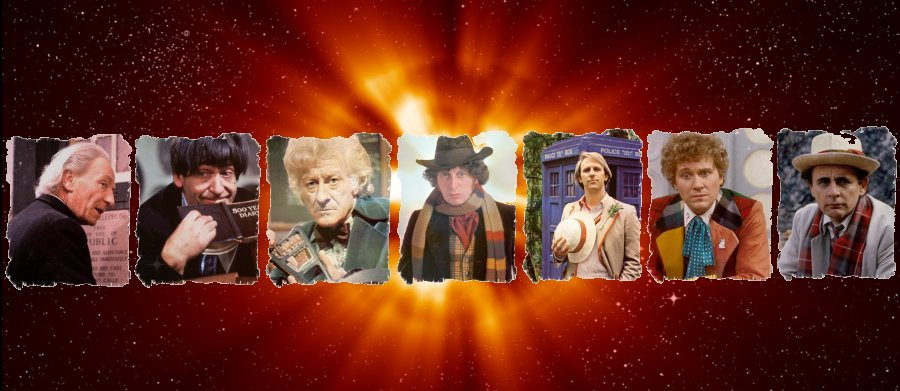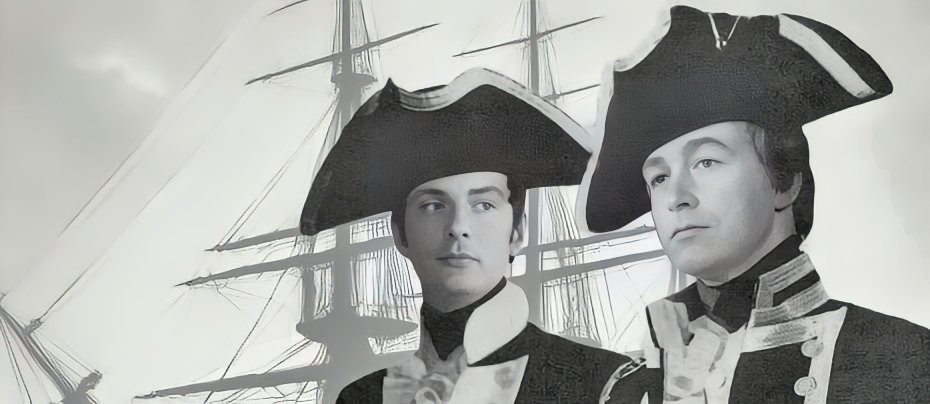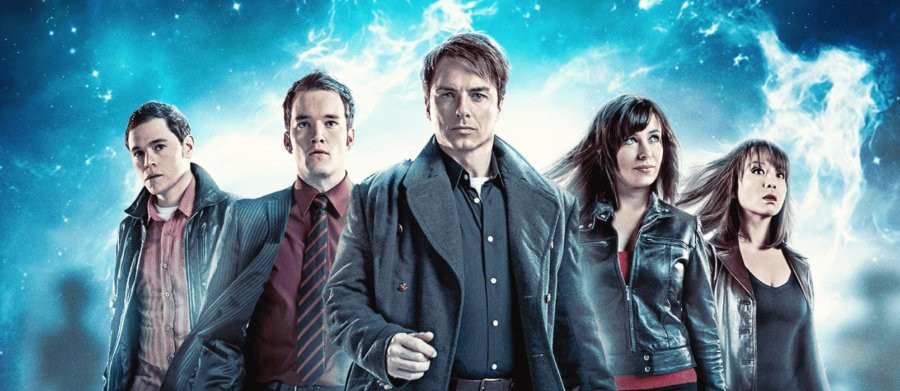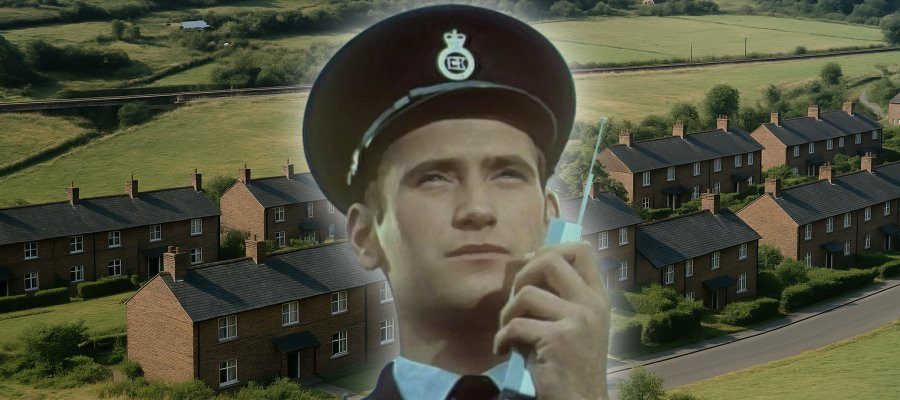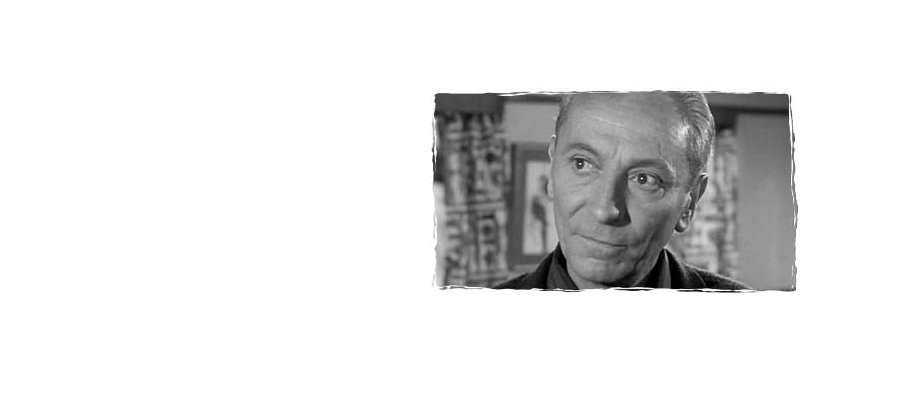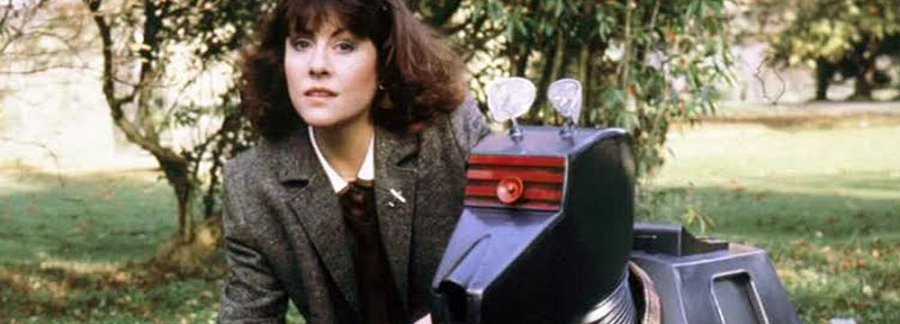An Unearthly Child
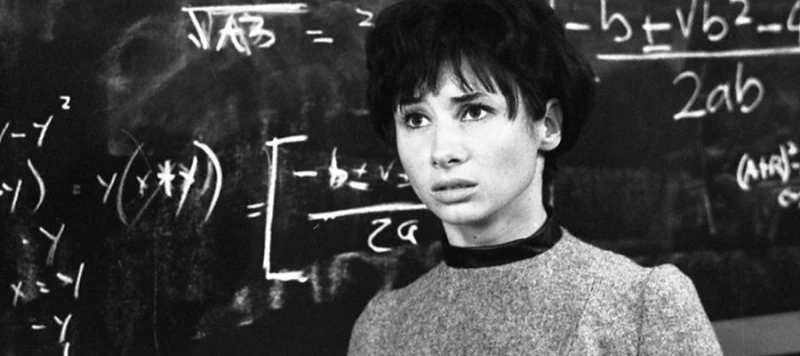
The debut episode of Doctor Who, An Unearthly Child, stands as a remarkable achievement in episodic television, defined by its tightly controlled writing and design, and a compelling interplay between the familiar and the subtly alien. It’s this claustrophobic precision, both in script and execution, that elevates the episode to one of the finest examples of television drama ever produced.
The story opens with a now-iconic continuous tracking shot that pulls the viewer into the fog-draped mystery of Totter’s Lane. It winds through the eerie gates of I.M. Foreman's junkyard, finally coming to rest before the incongruous sight of a softly humming Police Call Box. In these first moments, viewers are drawn into a carefully crafted, economically told mystery that lays the groundwork for a legend that will span decades.
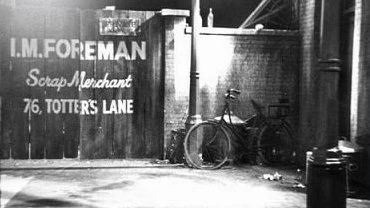
Working in rare harmony, writer Anthony Coburn, story editor David Whitaker, director Waris Hussein, designers Peter Brachacki and Barry Newbery, and the visionary young producer Verity Lambert, manage to create twenty-five minutes of truly groundbreaking television. Their collaborative effort presents an original science fiction concept to a Saturday evening family audience in a way that is both accessible and startlingly new.
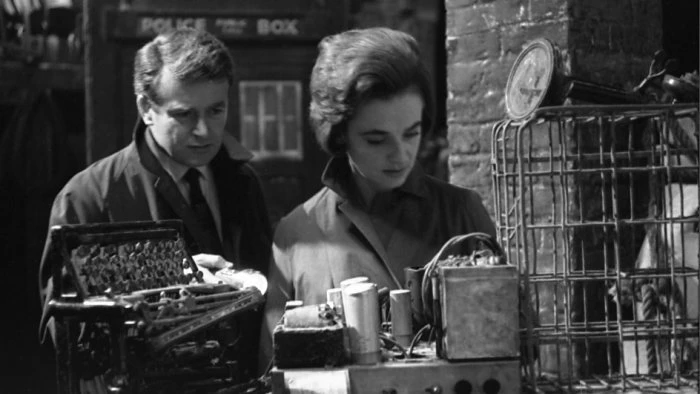
Coburn smartly channels the audience's curiosity through schoolteachers Barbara Wright and Ian Chesterton. These characters serve as the audience’s surrogates, drawn into the enigma of Susan Foreman, a precociously gifted yet inexplicably odd student. Through their concern and investigation, viewers are gradually led to a revelation of staggering scope. The story unfolds with mounting tension, each answer only deepening the mystery. Barbara and Ian are rendered with such authenticity that they feel like real people, complete with lives and histories beyond what we see onscreen. Their grounded presence provides the emotional bridge between the strange events they encounter and the viewers at home, thanks in no small part to the strong performances of Jacqueline Hill and William Russell, as well as Coburn’s sharply drawn script.
Carole Ann Ford’s portrayal of Susan, the titular "Unearthly Child", perfectly captures the story’s duality. Her ethereal presence, enhanced by a Vidal Sassoon-designed hairstyle and a performance that mixes teenage vulnerability with eerie detachment, provides the perfect contrast to the grounded realism of her teachers. Susan becomes the focal point of the show's initial mystery, her oddness both compelling and unsettling.
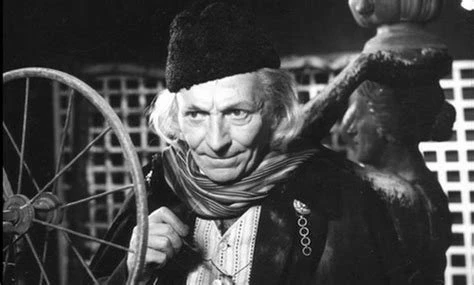
Yet, the true cornerstone of the series arrives midway through the episode: William Hartnell’s Doctor. From his first appearance, Hartnell commands attention with a performance steeped in quiet menace, pride, and intellectual superiority. His Doctor is not immediately likeable, but he is compelling - a mysterious and alien figure whose presence reshapes the narrative. Hartnell’s subtlety and authority anchor the series, and his interactions with Barbara and Ian hint at the deeper complexities of his character and the world he inhabits.
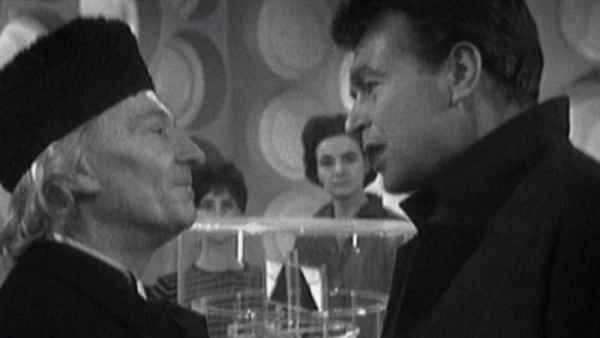
A major triumph of the episode lies in its visual surprise: the interior of the TARDIS. Until its dramatic reveal, director Waris Hussein skilfully sustains a sense of claustrophobia, using tight framing and minimal space to great effect. When Barbara and Ian finally force their way inside, the reveal of the ship’s cavernous, futuristic interior, so utterly at odds with its humble exterior, is genuinely shocking. This disorienting transition from the ordinary to the extraordinary is a defining moment in television design, due in large part to Peter Brachacki’s inspired set work.
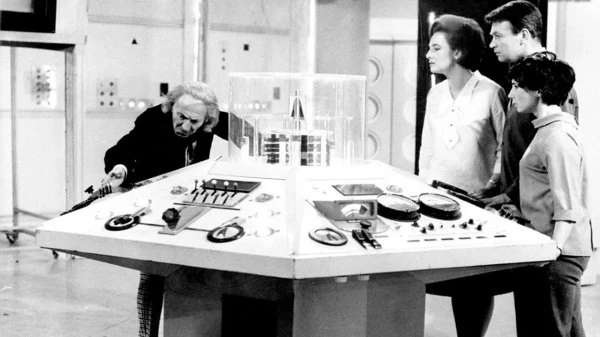
From its fog-bound prologue to its final image, an alien landscape beneath a looming shadow, An Unearthly Child delivers an atmospheric and suspenseful introduction to a vast universe of mystery and adventure. It not only sets the tone for what’s to come but also establishes a narrative and aesthetic benchmark for every future series premiere to aspire to.
When Doctor Who first aired on 23 November 1963 at 5:15 PM, it was overshadowed by real-world tragedy; the assassination of President John F. Kennedy the previous day, and a widespread power outage that limited viewership. Only 4.4 million tuned in initially, the BBC were hoping for many more. Yet, critical reception was overwhelmingly positive. In response, the BBC repeated the first episode the following week before airing part two, increasing the audience to 5.9 million. History, as it turned out, was just beginning.
Marc Saul (2025)



